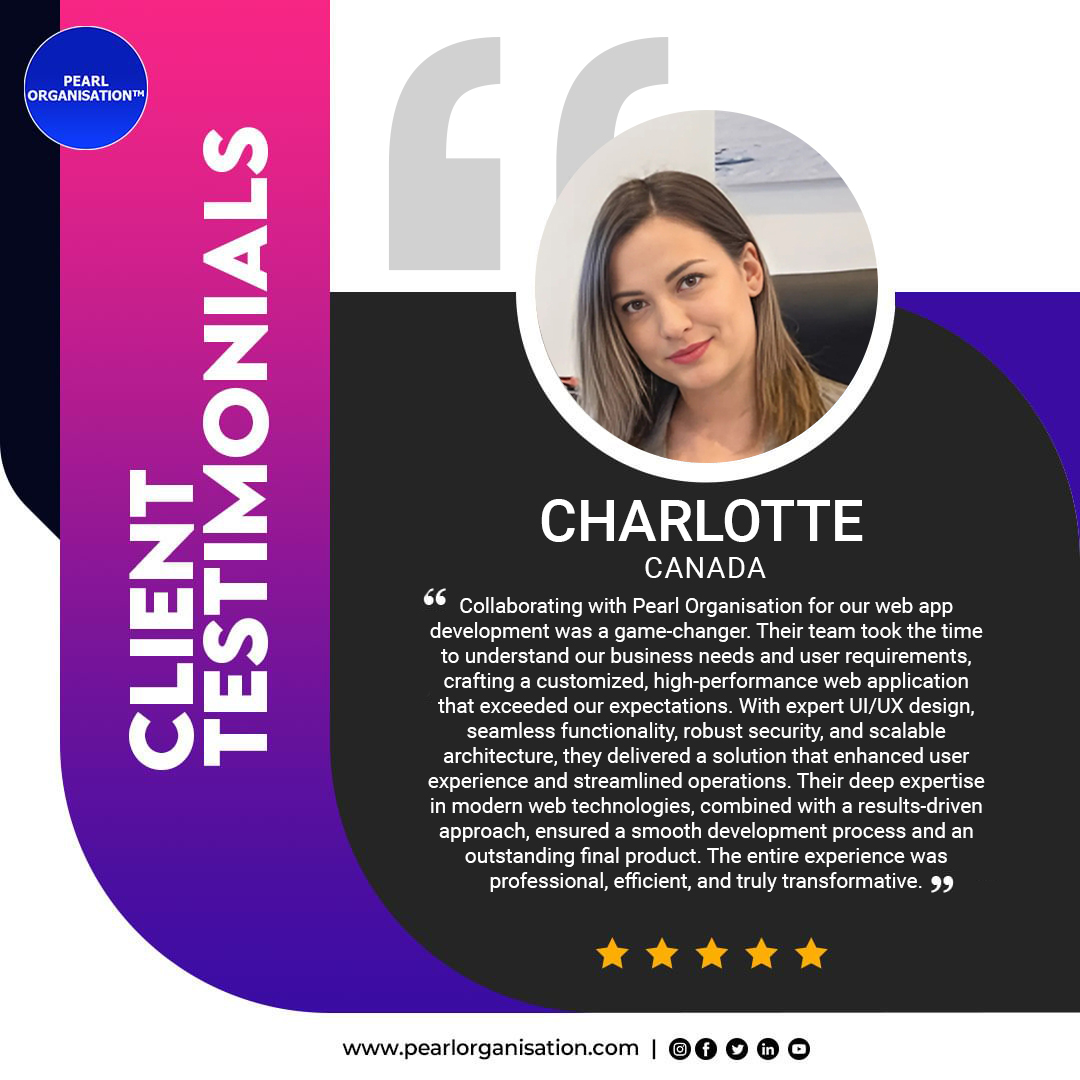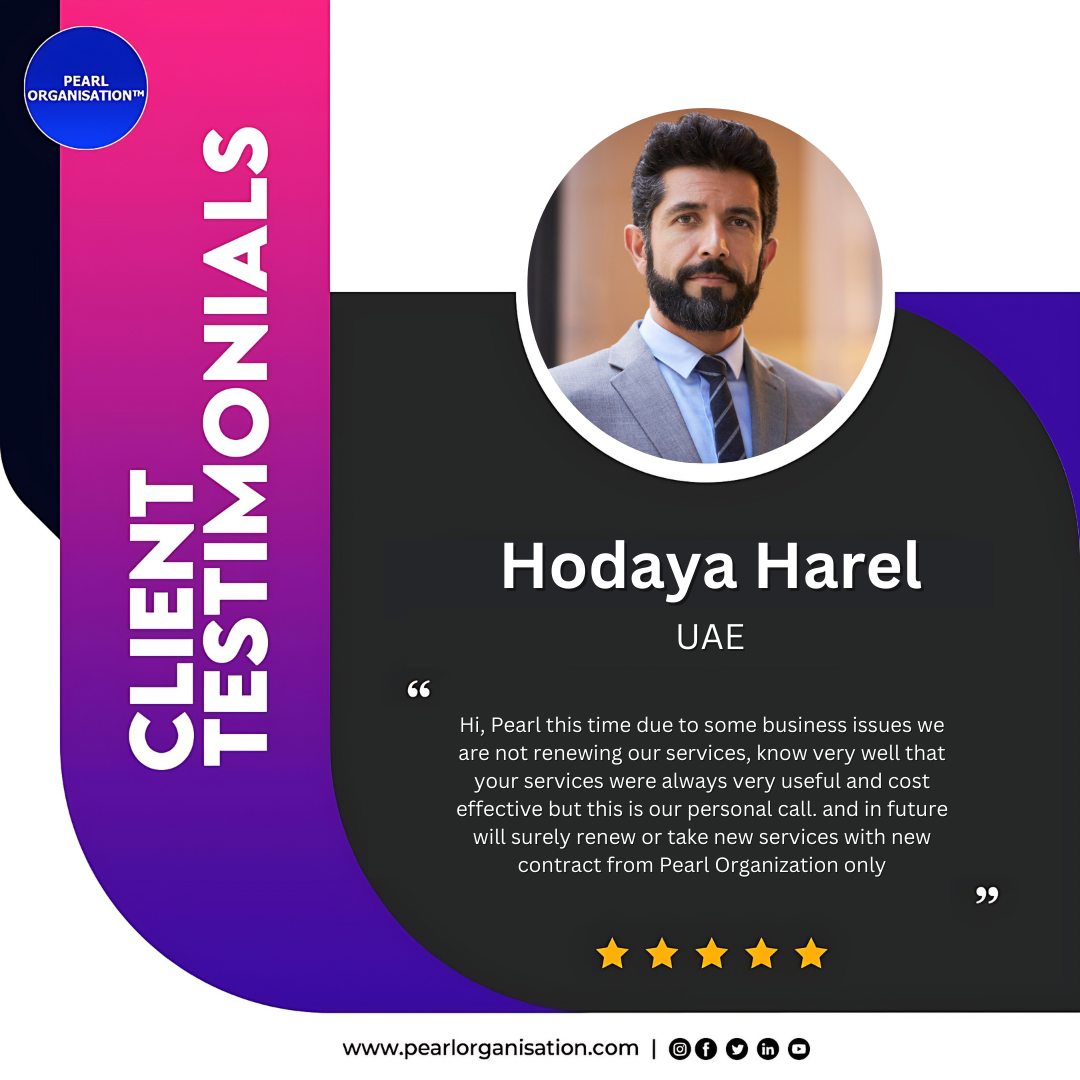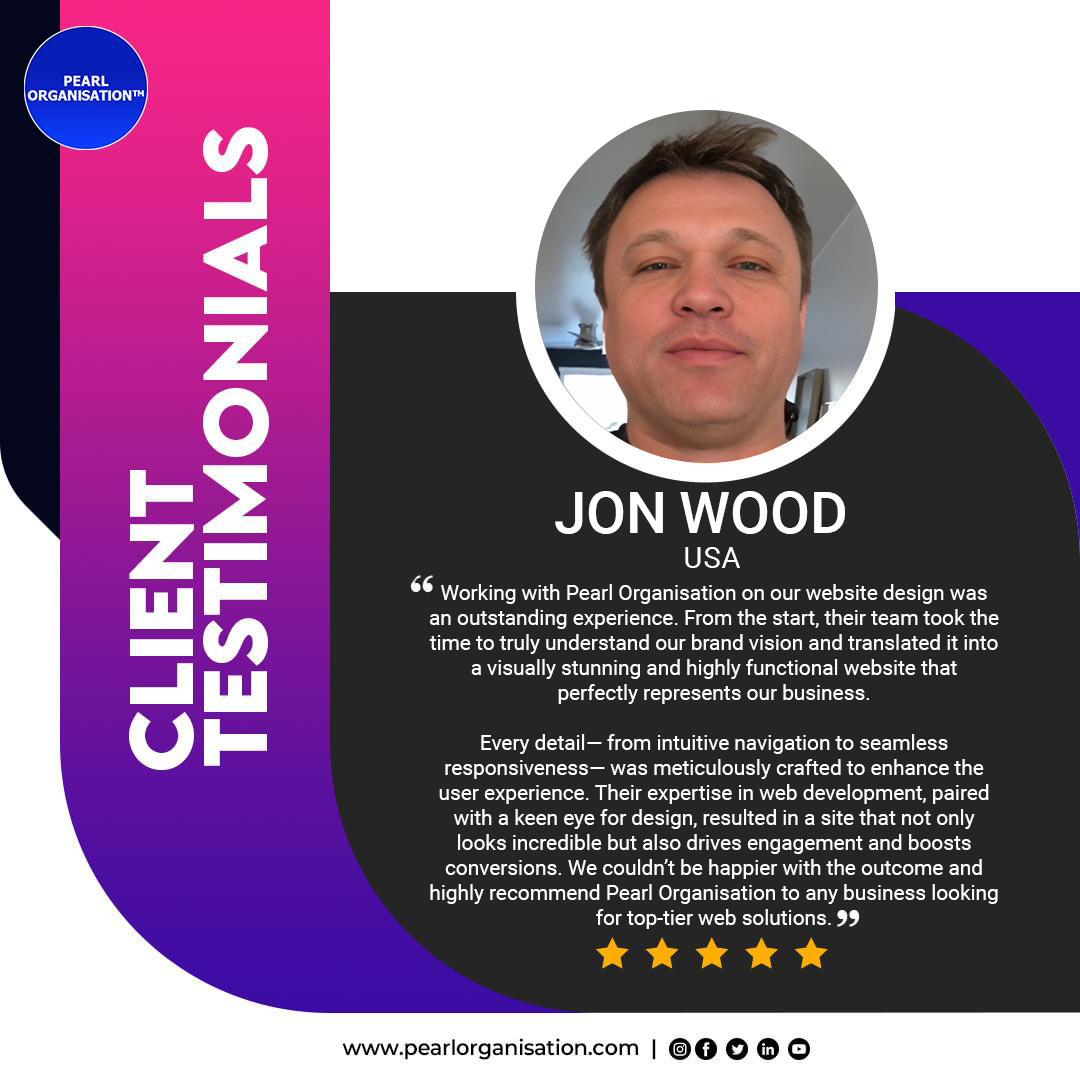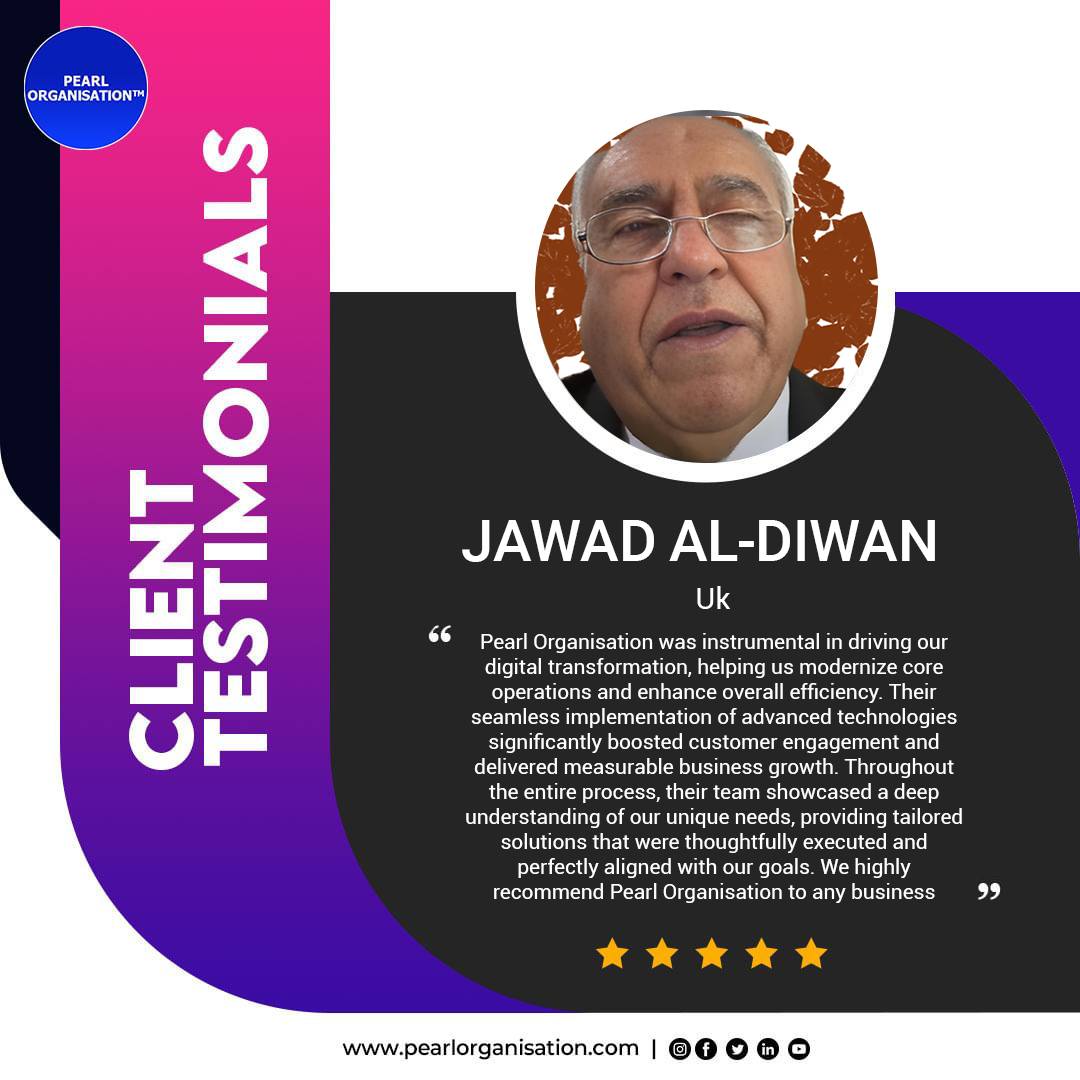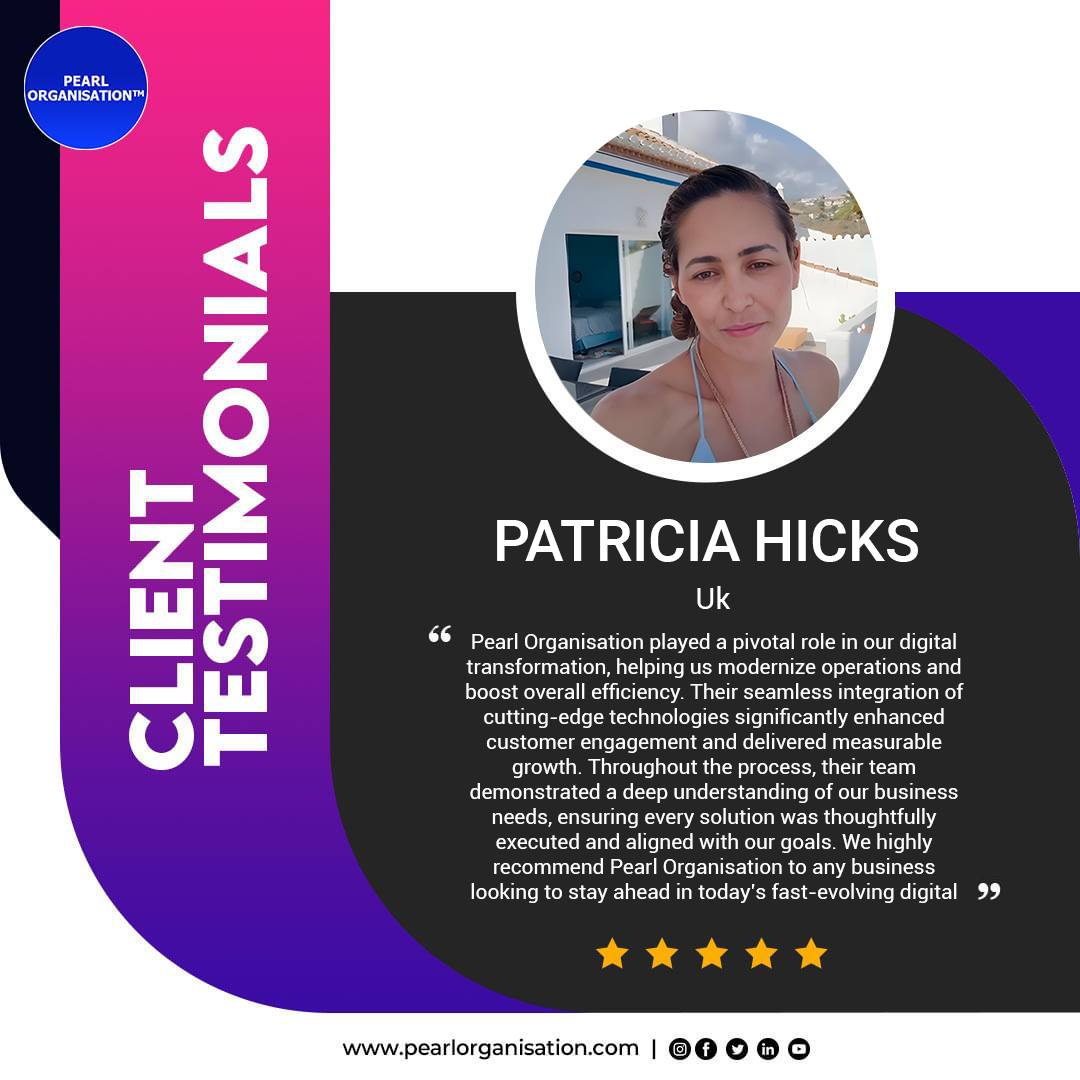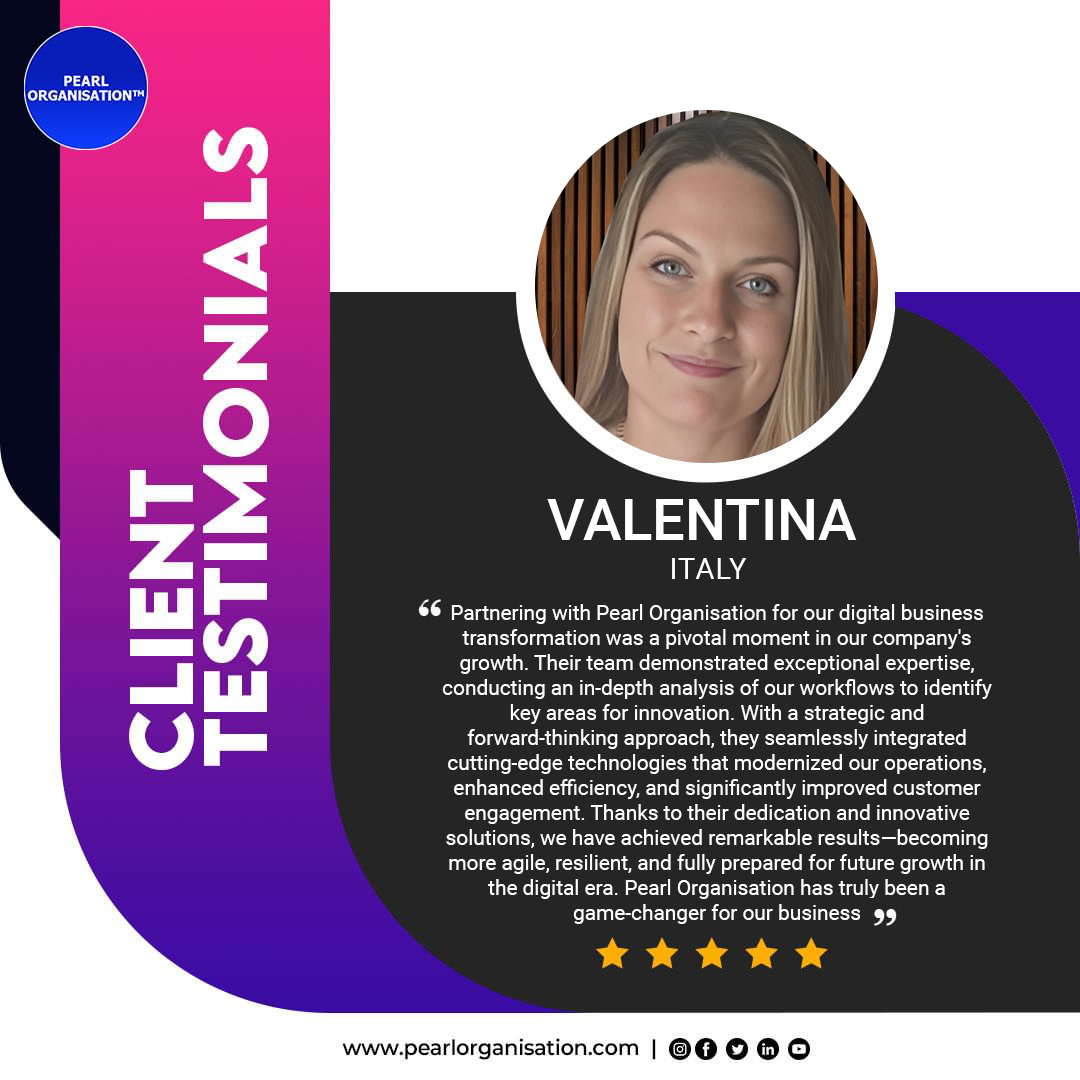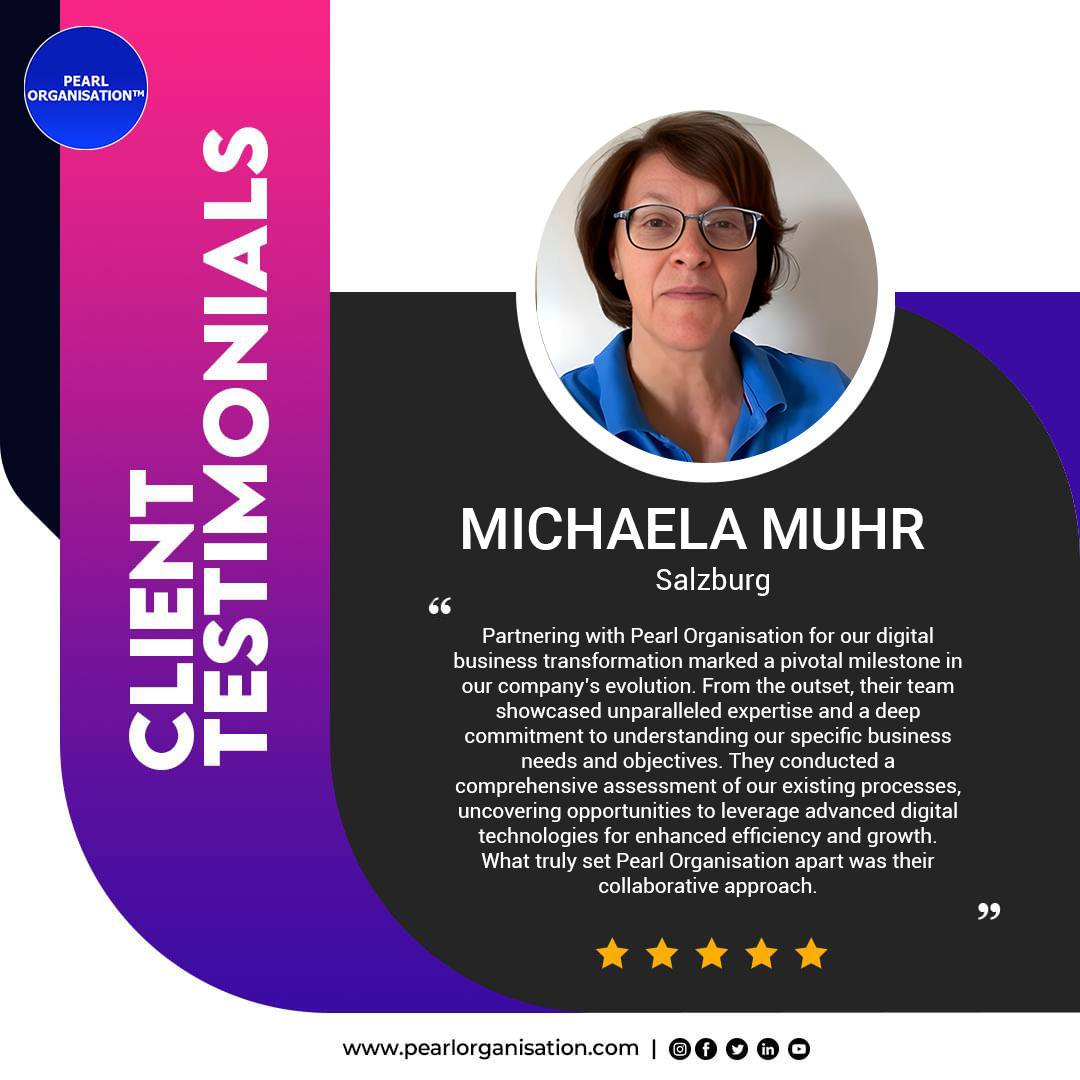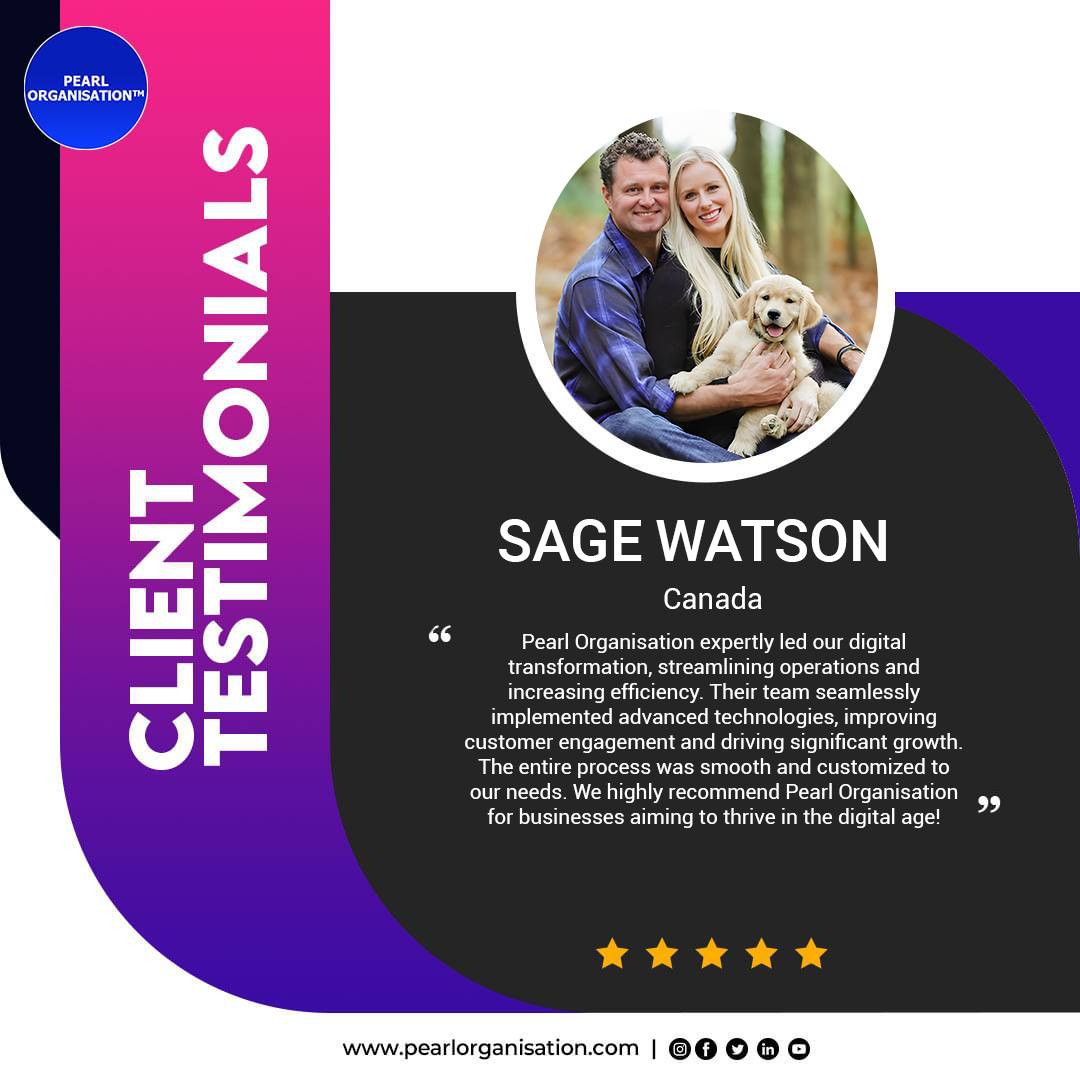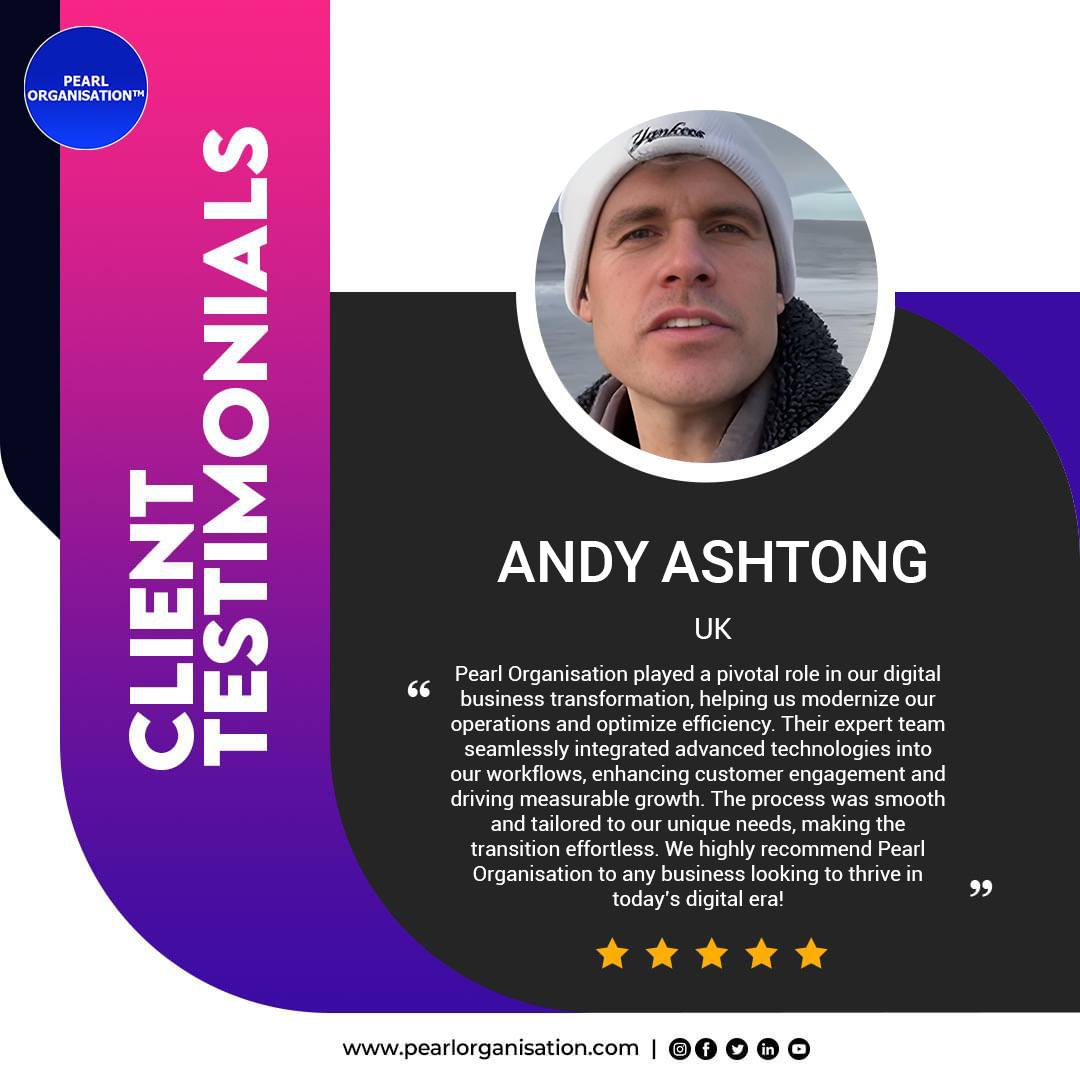Experience-Led Development: Why UX Is Now a Business Metric
- Larrisa

- Jul 2
- 5 min read

🎯 Introduction: UX Has Outgrown Its Design Box
In today’s hyper-competitive digital economy, user experience (UX) is no longer a niche concern for designers—it is a boardroom-level business metric. Companies across industries are recognizing that UX impacts everything from conversion rates and customer retention to brand trust and operational efficiency.
At Pearl Organisation, we champion experience-led development—a holistic approach where design and development are united by the shared goal of delivering intuitive, emotional, and outcome-driven digital journeys. For us, UX is not aesthetics—it’s strategy.
🚀 The Evolution: From UX-as-a-Feature to UX-as-a-Metric
Historically, UX was considered a layer added post-development—something to make apps “look good.” But modern businesses now treat UX as:
A revenue driver
A cost saver (via reduced support burden)
A strategic differentiator
UX metrics now influence:
User retention and churn
Session duration and conversion
Support ticket volume
NPS (Net Promoter Score)
Customer lifetime value (CLTV)
That’s why UX is now measured like any other business-critical KPI.
📈 Why UX Has Become a Boardroom Concern
Business Area | UX Impact |
📊 Conversion Rates | Smooth UX can improve conversions by 200%+ |
👥 Customer Retention | Poor UX is the #1 reason users uninstall or abandon digital apps |
💸 Revenue Per User | Seamless checkout, recommendations, and personalization increase AOV |
🤝 Support Costs | Good UX reduces support tickets and complaints |
🔄 Product Iteration | UX testing reduces costly reworks and accelerates go-to-market |
💡 Stat: Every $1 invested in UX returns $100 on average (Forrester Research)
🧭 What Is Experience-Led Development?
Experience-led development is a philosophy where the entire product development lifecycle—research, design, architecture, testing, and release—is driven by user behavior, needs, and emotions.
At Pearl Organisation, it involves:
🔹 1. User-Driven Discovery
Deep user persona mapping
Journey mapping, pain point analysis
Empathy workshops and behavior observation
🔹 2. Collaborative Prototyping
Wireframes and high-fidelity clickable prototypes
Iterative feedback loops with actual end-users
Cross-functional brainstorming (design + dev + QA + business)
🔹 3. UX-Centric Architecture
Navigation logic mapped to cognitive models
Mobile-first, accessibility-first UI frameworks
Scalable, modular UI components
🔹 4. Continuous Validation
Real-user monitoring tools (Hotjar, GA4, Mixpanel)
A/B testing on flows and layouts
Funnel drop-off and rage click analysis
🛠 Pearl Organisation’s UX Development Methodology
Stage | Tools & Methods Used |
Research | User interviews, surveys, empathy maps |
Design | Figma, Adobe XD, Balsamiq, Sketch |
Prototyping | InVision, Marvel, Maze, Framer |
Development | Tailwind, React, Vue, Laravel Blade, Bootstrap 5 |
Testing & Feedback | SessionCam, Hotjar, Google Optimize, UsabilityHub |
We don’t just build interfaces—we engineer interactions that convert, retain, and inspire.
🧠 UX as a Quantifiable Metric: What Do We Track?
1. Task Success Rate
Percentage of users who complete a task (e.g., checkout, form submission) without frustration.
2. Time on Task
How long it takes users to accomplish a goal—shorter is usually better.
3. Error Rate
Percentage of failed attempts—higher error rates indicate confusing interfaces.
4. User Satisfaction (CSAT, SUS)
How users feel about the experience, usually via surveys or in-app ratings.
5. NPS (Net Promoter Score)
Measures likelihood of a user recommending the product to others.
6. Retention Rate
Percentage of users returning after their first visit—strong indicator of value perception.
Pearl Organisation builds all interfaces with these metrics in mind.
Problem: High cart abandonment on mobile devices
UX-Led Solution:
Redesigned product page with larger CTAs, faster image loading
One-step checkout for mobile with biometric login
Smart delivery estimations based on ZIP code
Results:
+42% in mobile conversion
-36% reduction in cart abandonment
+24% uplift in user satisfaction rating
💬 Accessibility & Inclusivity: UX for All
Inclusive UX is good UX. Pearl Organisation ensures:
WCAG 2.1 compliance
Keyboard navigation
Voice-over screen reader support
High-contrast and dyslexia-friendly layouts
Adaptive UX for low-bandwidth or elderly users
We build interfaces that work for everyone, everywhere.
🔐 UX, Security & Trust
We balance beautiful design with secure behavior flows:
Error messaging with clarity, not fear
Visual confirmation of trust (SSL, padlocks, verified badges)
Session timeout alerts
Consent banners and privacy-first cookie policies
Security doesn't need to feel restrictive—it can feel reassuring.
📌 Why Pearl Organisation?
✅ 8+ years of UX-led product development
✅ Projects delivered in 150+ countries across 12+ industries
✅ In-house UI/UX, front-end, and behavioral psychology experts
✅ Proven ROI in conversion, retention, and engagement
We’re not just a UI/UX design company—we’re your experience transformation partner.
🎯 Final Thoughts
UX is no longer a "nice-to-have"—it’s a growth strategy.In 2025 and beyond, companies that fail to prioritize intuitive, emotionally-resonant, and behavior-driven interfaces will lose to those that do.
Pearl Organisation is here to help you design experiences that are measurable, meaningful, and memorable.
🔗 Explore Our Experience-Led Design Services:👉
💬 Frequently Asked Questions (Global Scope)
Q1. What is experience-led development?
Experience-led development is a design philosophy that places the end-user’s experience at the center of every stage in the software development lifecycle. This means:
Designing based on user needs and behaviors
Testing continuously with real users
Measuring business impact through UX metrics
It ensures that products are not only functional, but also intuitive, emotionally resonant, and valuable.
Q2. Why is UX considered a business metric in 2025?
In 2025, user experience directly affects:
Customer retention and loyalty
Conversion rates and revenue
Cost-to-serve (fewer support tickets)
Brand reputation and word-of-mouth
Product iteration speed and scalability
This has made UX a measurable performance indicator rather than just a design output.
Q3. What metrics are used to measure UX performance?
Key UX business metrics include:
Task success rate
Time-on-task
Error rate
User satisfaction (CSAT or SUS)
Net Promoter Score (NPS)
Churn and retention rates
Support request volume
Pearl Organisation integrates tools to track and analyze these in real-time.
Q4. How does Pearl Organisation apply UX insights during development?
We embed UX thinking from:
Research: Real user interviews, journey maps, empathy mapping
Design: Wireframing, prototyping, accessibility testing
Development: UI micro-interactions, responsive layouts, performance optimization
Post-launch: A/B testing, heatmaps, conversion funnel tracking
This results in products that evolve with your users.
Q5. How does good UX reduce operational costs?
Great UX:
Minimizes user confusion, reducing support tickets
Streamlines onboarding and workflows, saving training time
Increases task completion rate, saving time per interaction
Improves customer satisfaction, reducing churn
This creates long-term cost savings for support, training, and customer acquisition.
Q6. Is UX design the same as UI design?
No.
UI is a component of UX. Pearl Organisation focuses on the entire user journey, not just interface aesthetics.
Q7. How does Pearl Organisation ensure accessibility in UX design?
We build for inclusivity using:
WCAG 2.1 guidelines
Alt text for media
Keyboard navigability
Color contrast and dyslexia-friendly fonts
Compatibility with screen readers
Touch-target sizing for motor impairments
This ensures every user—regardless of ability—can interact with your platform.
Q8. What industries benefit most from experience-led development?
While all industries benefit, it's especially critical in:
Anywhere users interact digitally, UX drives value.
Q9. Can you measure ROI from experience-led development?
Yes. Clients working with Pearl Organisation have reported:
Up to 60% increase in conversions
Over 40% improvement in user retention
30–50% drop in support tickets
Faster onboarding for new users or employees
Measurable NPS score improvements
We tie design decisions to business outcomes.
Q10. Does Pearl Organisation offer ongoing UX optimization?
Absolutely. Our engagement models include:
Continuous UX audits
UX A/B testing and validation
Behavioral data analysis (via tools like Hotjar, Mixpanel)
Post-launch optimization sprints
UI/UX scaling support as your product grows
We help businesses evolve their digital experience as user expectations shift.




























